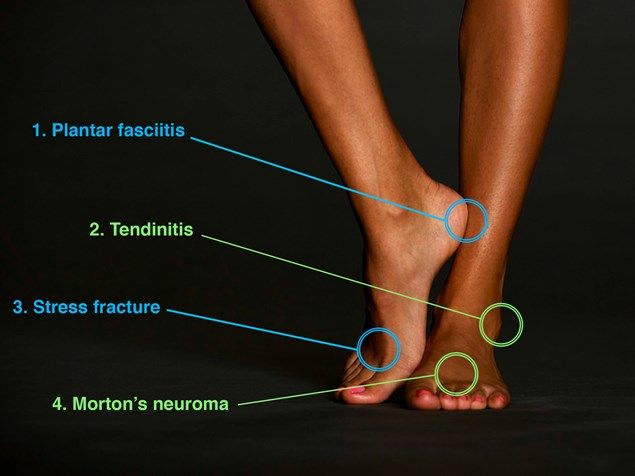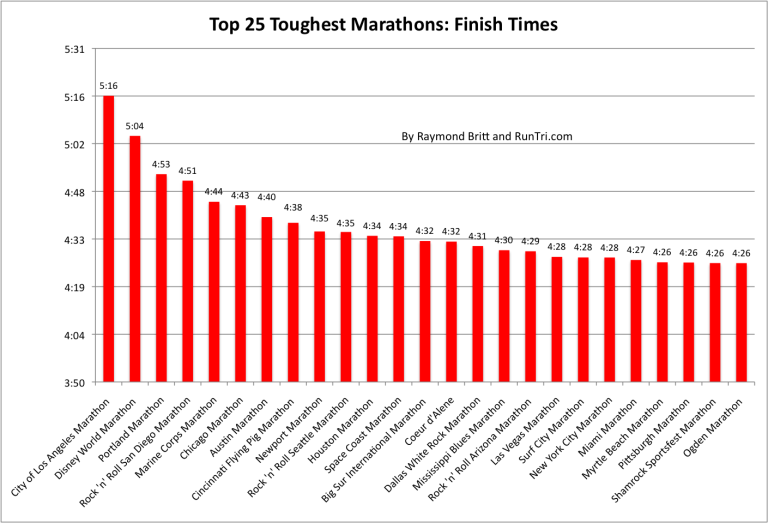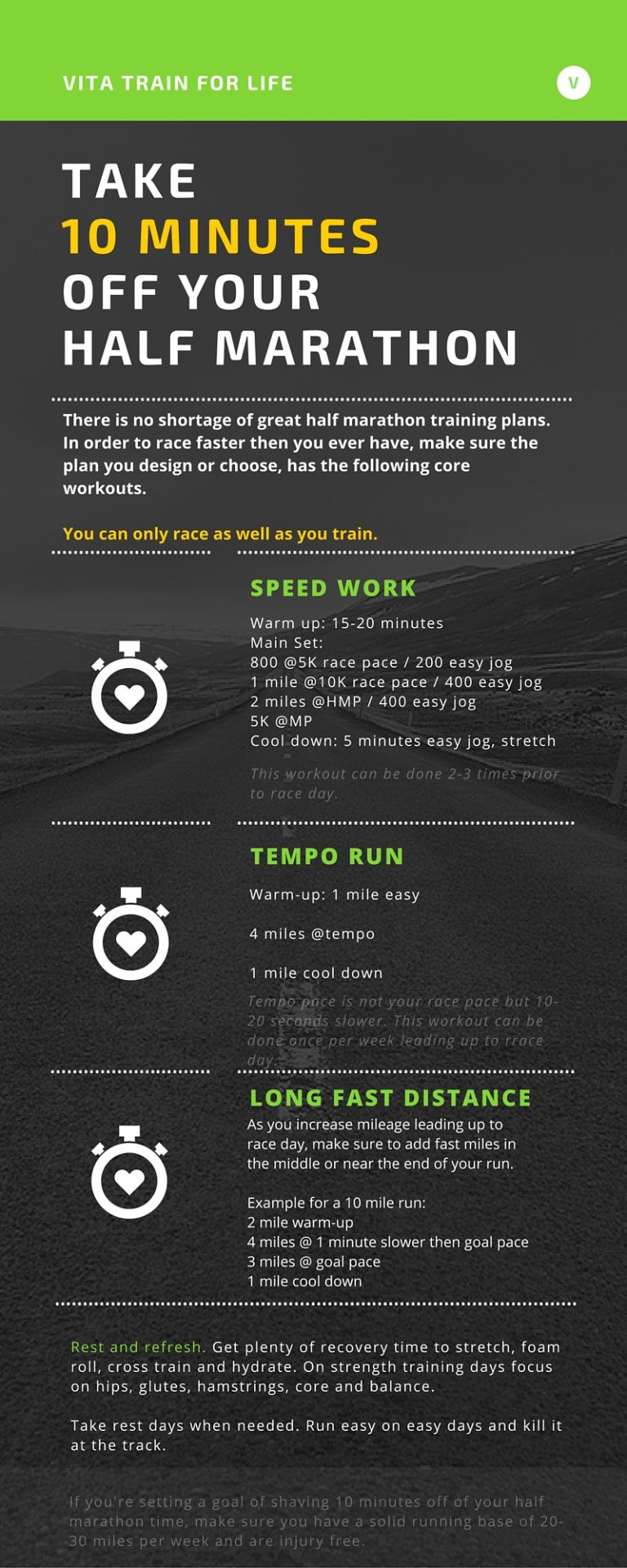Do You Make These 6 Race Day Mistakes
Are you making these 6 race day mistakes? Learn how to avoid common pitfalls to improve your performance.
Race day mistakes can be costly, affecting your performance and overall experience on the track. By being aware of these mistakes and taking proactive steps to avoid them, you can set yourself up for success on race day. In this guide, we will outline the most common race day mistakes and provide you with practical tips on how to steer clear of them.
Whether you’re a seasoned racer or a novice, this information can help you optimize your race day strategy and achieve your goals.

Credit: www.ebay.com
1. Not Preparing Properly
When it comes to race day, preparation is essential for performance. Not preparing properly can lead to a subpar experience and hinder your race day success. Let’s delve into some common mistakes people make when it comes to preparing for race day.
Not Eating The Right Foods
Skipping warm-up or stretching is a common mistake that can lead to injuries and decreased performance. Properly warming up before a race helps prepare your muscles and joints for the physical exertion ahead, reducing the risk of strains and other injuries. It also helps to elevate your heart rate and prime your body for the race.
Skipping Warm-up Or Stretching
Not fueling your body with the right foods before a race is a critical mistake. Your body needs proper nutrition to perform at its best, so it’s important to consume a balance of carbohydrates, proteins, and healthy fats. Avoid heavy or high-fiber meals right before the race to prevent digestive issues. Instead, opt for easily digestible foods such as bananas, energy bars, or toast with nut butter.

Credit: www.cnn.com
2. Wearing Inappropriate Gear
Wearing inappropriate gear on race day is a common mistake that can hinder your performance. Make sure to choose the right attire based on the weather conditions and the specific race you are participating in to avoid discomfort or safety issues.
Wearing the wrong gear on race day can lead to discomfort and affect your performance adversely. Let’s explore common mistakes under this category.Choosing The Wrong Shoes
Wearing ill-fitting or improper shoes can cause blisters and foot pain during the race.Wearing Uncomfortable Clothing
Selecting clothing that is too tight or made from non-breathable materials can lead to chafing and discomfort.3. Ignoring Hydration
Are you guilty of neglecting to stay hydrated on race day? Failing to drink enough water can seriously affect your performance, leading to fatigue and a decline in your overall stamina. To avoid this mistake, make sure to prioritize your hydration needs and drink water regularly throughout the race.
Not Drinking Enough Water
Ignoring hydration can negatively impact your race day performance. Dehydration can lead to fatigue and cramps. Make sure to drink plenty of water before, during, and after the race.Consuming Too Much Caffeine
Caffeine can dehydrate the body, impairing performance. Limit your caffeine intake on race day. Opt for water or sports drinks instead. When it comes to hydration on race day, not drinking enough water and consuming excessive caffeine can hinder your performance. Dehydration leads to fatigue, cramps, and decreased endurance during the race. Be mindful of your hydration levels and make strategic choices to optimize your performance.4. Starting Too Fast
One of the most common mistakes people make on race day is starting too fast. Many runners get caught up in the excitement of the event and begin the race at a sprint, only to run out of steam later on. Starting too fast can lead to burnout and significantly impact your overall performance.
Neglecting To Warm-up
A proper warm-up is crucial to prepare your muscles and cardiovascular system for the race. Neglecting to warm up can lead to muscle strain or injury. Include dynamic stretches and a light jog to get your body ready for the physical exertion ahead.
Failing To Pace Yourself
Pacing yourself is essential in a race. If you start too fast, you may struggle to maintain the pace, leading to exhaustion. Focus on maintaining a steady pace throughout the race to ensure you have enough energy for the finish.
5. Neglecting Recovery
Neglecting recovery after a race day is a common mistake that can hinder your performance. It’s crucial to prioritize rest and proper cooldown to prevent injuries and improve overall recovery time. Implementing post-race recovery strategies can help you bounce back stronger for your next race.
5. Not Cooling Down Properly
The cool-down phase after a race is often undermined by many runners, but it plays a crucial role in facilitating optimal recovery. Failing to cool down properly can lead to a variety of post-race issues and hinder your body’s ability to repair and rebuild.
After crossing the finish line, your heart rate and body temperature remain elevated. A gradual decrease in intensity through a proper cool-down routine allows your body to transition from the intense physical activity to a state of rest smoothly.
So, what can you do to ensure you’re cooling down properly?
1. Slow Down Gradually
Instead of abruptly stopping after crossing the finish line, slow down your pace gradually. This can be achieved by incorporating a few minutes of easy jogging or brisk walking to let your heart rate gradually decrease. Doing so will also prevent blood pooling in your legs, which can cause dizziness or fainting.
2. Stretch It Out
Stretching is a crucial part of any cool-down routine as it helps relax your muscles and prevent post-race soreness. Focus on stretching your major muscle groups, including your calves, hamstrings, quadriceps, and glutes. Hold each stretch for at least 15 seconds, making sure not to push beyond your comfort zone.
3. Foam Roll Away Tension
Incorporating foam rolling into your cool-down routine can help alleviate muscle tension and prevent the formation of adhesions or knots in your muscles. Roll the foam roller along your major muscle groups, applying gentle pressure. Focus on areas that feel tight or sore, and remember to breathe deeply throughout.
4. Rehydrate and Refuel
Hydration and proper nutrition are essential for recovery after a race. Make sure to drink fluids to replenish what you’ve lost through sweat during the race. To promote muscle repair and glycogen replenishment, consume a balanced meal or snack containing carbohydrates and protein within 30 minutes to an hour after the race.
5. Take Time to Reflect
Lastly, it’s essential to take some time to reflect on your race. Assess your performance, identify areas for improvement, and celebrate your achievements. Engaging in some self-reflection can help you mentally process the race and set goals for future races.
Remember, neglecting proper cool-down can prolong your recovery time and increase the risk of injuries. Prioritize your recovery, and you’ll be back on the track feeling stronger and ready for your next race!

Credit: www.pinterest.com
Frequently Asked Questions On Do You Make These 6 Race Day Mistakes
Q: Why Do People Make Race Day Mistakes?
A: Lack of preparation and proper training can lead to race day mistakes.
Q: What Are Common Race Day Mistakes To Avoid?
A: Overtraining, starting too fast, not hydrating properly, ignoring rest days, poor nutrition, and incorrect pacing.
Q: How Can I Prevent Race Day Mistakes?
A: Follow a structured training plan, prioritize rest and recovery, practice pacing, fuel properly, and stay hydrated.
Conclusion
Race day can be a thrilling experience, but it’s easy to make mistakes. By being mindful of your hydration, pacing, and gear choices, you can set yourself up for success. Avoiding these common errors will ensure that you have the best possible race day experience.
So, make sure to stay focused, train smart, and set yourself up for success on race day.






